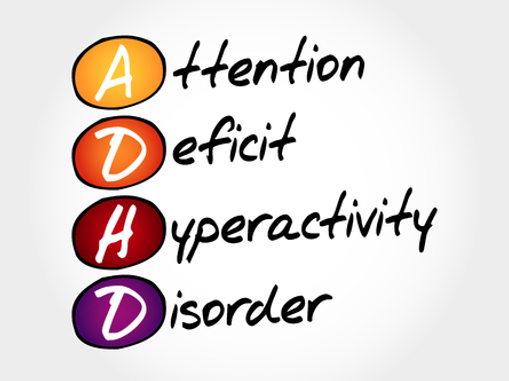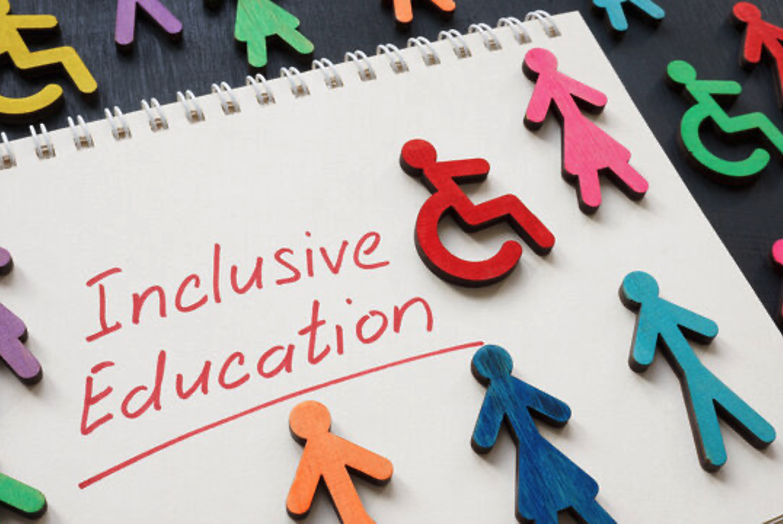How Do I Help My Child With ADHD?
What Does Self-Advocacy Look Like for my Learner with Special Needs?

How to Make Reading/Writing fun for kids with Special Needs?
Attention-Deficit/Hyperactivity Disorder or better known as ADHD is a neurodevelopmental disorder that can occur in children, teens, and adults.
Some symptoms of this disorder are….
- Inattention
- Poor planning/difficulty organizing tasks
- Can make careless mistakes/lacks attention to details
- Loses things that can complete the given task
- Has difficulty following through with an assigned task
- Forgetful with daily activities
- Impulsivity/Hyperactivity
- Fidgets or squirms in their seat
- Talks a lot
- Has difficulty waiting
- Interrupts others/blurts out answers
- Runs or climbs even if it’s inappropriate
- Has difficulty playing quietly during leisure activities
- Always on the go
So, if these symptoms sound like your child or family member, the question you might be asking, what do I do next? Here are a few helpful suggestions to try.
- Be consistent: Make sure to set clear expectations with the student. Provide direct steps on how to complete the task given or provide a visual schedule so they can go back and refer to the pictures. Most likely they will need the steps repeated, that is why it is so beneficial to write them down (either by a visual cue or written words).
- Limit the distractions in the room: If you are at home and you ask your child to complete a task, before you talk, turn off the tv, iPad, phone, or music, then you can give instructions. Otherwise, your child is not listening to you, they are listening to everything around them instead. This is setting them up for failure, and that’s not fair to them.
- Praise appropriate behavior: If you see your child complete a task or attempt a task better than before, provide positive praise. Praise can be a verbal “Yay”, “You did it”, “Way to go”, “I’m so proud of you”, “Nice working,”, etc. Or praise can be a hug, high five, or even an edible of your choice.
- Allow a movement break before a sit-down task: If your child has to complete homework, attend to a chore around the house, or sit for an extended amount of time, it is best to give them a movement break just before that non-preferred task. This can be a quick run around the block, walking, carrying heavy objects (within limits) from one space to another, run an errand, go outside, anything to get them moving where they think it is just a fun task to do.
- Allow student to stand instead of sit: If your child cannot sit still long enough to complete homework or a non-preferred task, let them stand instead of sit. Often times if they can stand next to the chair, they feel like they have options when their body can’t sit any longer. Another option is to sit on a large yoga ball where the student can bounce while they are working. That doesn’t work on everyone, but it can be helpful to try.
- Limit the amount of sit-down task to a shorter time frame: If you’re asking your child to complete a homework task, break it up into shorter durations. You can set a timer for 10 minutes (adjust the time for your child) and tell your child that they can have a 1–2-minute break when the timer goes off, they are more likely to work in that 10-minute span of time. Once the timer dings, allow them to stand, stretch, jump in place, walk around the room or whatever you feel is reasonable. Then after their 2-minute break, set the time again for the allotted work time.
- Introduce a “wait” card: To help with impulsivity, especially with talking, use an index card with the word “wait” on it. If the “wait” card is on the table, they would have to wait until they can just speak about whatever is on their mind. Once the “wait” card is removed, they would be able to express their thoughts. This is a long process to teach, but it is definitely something that can be taught.
- Get a good night sleep: Reduce physical activity prior to bedtime. A good rule of thumb if you can help it, is to limit exercise an hour before bedtime. Exercise is great and can reduce anxiety, and improve concentration, however, before bedtime the best bet is to decrease activity, limit caffeine, and play soothing music.
Helping a learner with special needs or with ADHD requires planning, patience, and staying optimistic. You are not alone in this, reach out for help to someone you can trust if you are feeling overwhelmed.
Related posts






